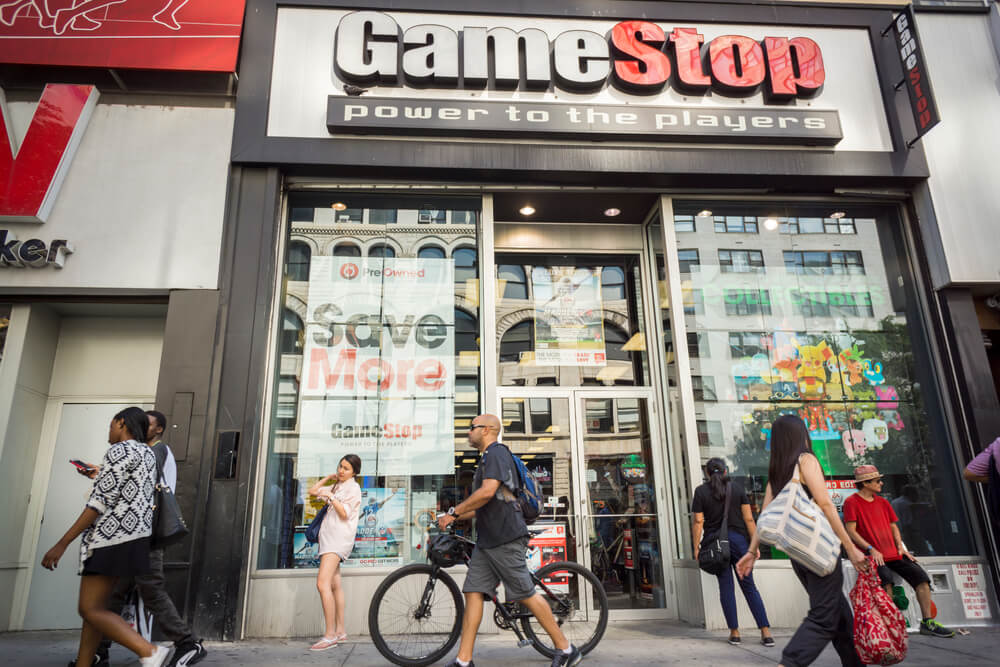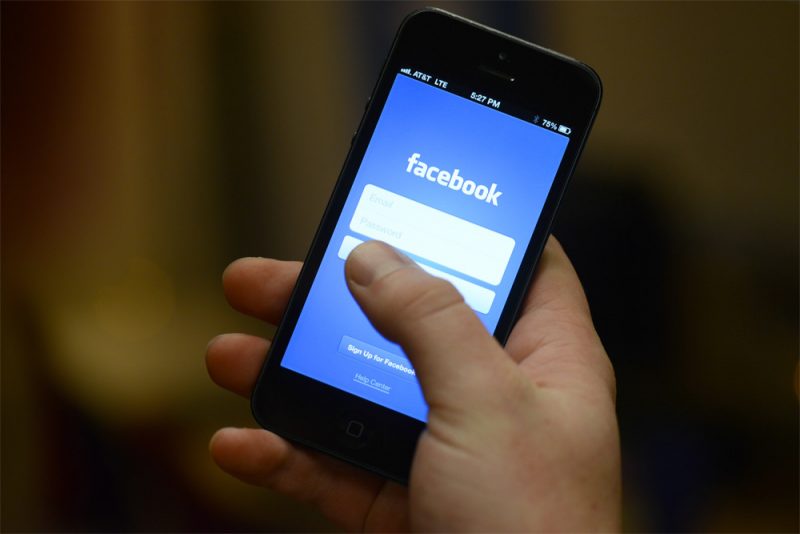On Thursday, jump in Apple share was about 7% in extended trading after the iPhone maker reported fiscal Q2 earnings that topped estimates. Apple also announced record stock buyback program. Apple announced that its board had authorized cash dividend by 4% and an additional program to buy back $110 billion in share repurchases, a 22% increase over last year’s $90 billion authorization. It’s the largest buyback in history, ahead of Apple’s previous repurchases, as per a record.

Apple’s revenue
Apple’s revenue fell, but less than analysts had expected. Apple CEO Tim Cook said revenue growth would return in Q2.
The results and guidance suggest the company may be regaining its footing in the smartphone market, despite stiff competition and regulatory challenges.
Apple said fiscal Q2 revenue fell 4% to $90.8 billion, beating the average analyst estimate of $90.01 billion, according to LSEG data.
For Apple’s current quarter, which ends in June, the iPhone maker expects “to grow low-single digits” in overall revenue. Wall Street expected 1.33 per cent revenue growth to $82.89 billion, according to LSEG data.
Apple’s share jump
The jump in Apple share following its earnings report which lifted its stock market value by over $160 billion.
Long considered a must-own stock on Wall Street, Apple shares have underperformed other Big Tech companies in recent months, falling 10% this year as it struggles with weak iPhone demand and tough competition in China.
Apple’s forecast
As per CFO Luca Maestri, Apple expects current-quarter services and iPad revenue to grow by double digits. The company expects gross margins of between 45.5% and 46.5% for the fiscal Q3.
Apple faces a raft of challenges across its business.
Smartphone rivals such as Samsung Electronics have introduced competing devices aimed at hosting artificial-intelligence chatbots.
On the regulatory front, Apple’s services business, which contains its lucrative App Store and was one of the few areas of growth in the fiscal second quarter, is under pressure from a new law in Europe. In the United States, the Department of Justice in March accused Apple of monopolizing the smartphone market and driving up prices.
Apple’s Q2 sales
For the fiscal Q2, iPhone sales fell 10.5% to $45.96 billion, compared with analyst expectations of $46 billion. Apple executives said in February that the year-ago fiscal Q2 had benefited from a $5 billion surge in iPhone sales as the company caught up from supply-chain snarls during pandemic lockdowns.
Apple’s revenue decline in China was not as steep as analysts expected, with Greater China sales of $16.37 billion for the fiscal second quarter that ended March 30, down 8.1% and above analyst expectations of $15.59 billion, according to data from Visible Alpha.
Apple’s spend on R&D
Apple has said little about its product plans for AI. The company started ramping up research and development spending last year, and Cook said the company has spent more than $100 billion on R&D in the past five years.
“We continue to feel very bullish about our opportunity in generative AI and we’re making significant investments,” he said. “We’re looking forward to sharing some very exciting things with our customers” at events later this year, Cook said.
As it races to bring AI into its products, Apple’s massive buyback program may appease investors who have been bruised by its falling stock price.
Apple’s earnings
Apple’s quarterly earnings per share were $1.53, above Wall Street estimates of $1.50, according to LSEG data.
Sales in Apple’s services segment, which also represents Apple Music and TV offerings, rose to $23.87 billion, above analyst expectations of $23.27 billion, according to LSEG data.
Analysts had expected Mac sales to decline in the fiscal Q2, but they instead grew to $7.5 billion, compared with estimates of $6.86 billion, according to LSEG data.
In the company’s wearables segment, which represents sales of Apple Watches and AirPods headphones, sales fell to $7.91 billion, compared with analyst estimates of $8.08 billion, according to LSEG data.






